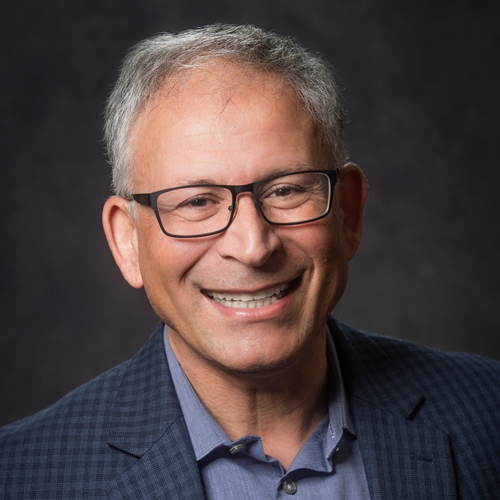HVAC DDC Basics
AMES-40170
Covering the basics of Heating, Ventilating and Air Conditioning
direct digital controls this course enables students to understand the fundamentals of HVAC DDC system design. The course emphasizes critical “Do’s and Don’ts” and accepted rule-of-thumb checks in the design of HVAC controls.
Divided into the following four categories, this course provides a sound foundation for understanding DDC system design: 1) The Six Steps of HVAC DDC System Design; 2) DDC Controllers; 3) Basics of HVAC Controls; and 4) Building Automation, Leadership in Energy and Environmental Design (LEED), and Commissioning.
Course Highlights:
- The Six Steps of HVAC DDC System Design
- HVAC DDC Components such as Flow Meters, Temperature, Humidity, and Pressure Sensors
- DDC Controllers, Smart Sensors, and Actuators
- Application Specific Controllers
- The Most Commonly used HVAC Control Systems
- DDC Signals
- System Schematics
- Control Point Designations
- Point List
- DDC System Architecture
Course Learning Outcomes:
- Distinguish between a Digital Output, Digital Input, Analog Input, and Analog Output
- Learn the systematic process of designing HVAC DDC systems
- Discern between Supervisory Control and Data Acquisition (SCADA) and Programmable Logic Controller (PLC) systems
- Discover the three most commonly used wireless technologies for building automation systems
- Identify the basic characteristics of the five types of the most commonly used HVAC control systems
- Examine the advantages of Proportional Plus Integral and Proportional Plus Integral Plus Derivative control actions
- Utilize methods of a building automation system as a tool for commissioning as well as LEED measurement and verification
Required Textbook: “The Fundamentals of HVAC Direct Digital Control, Practical Applications and Design” 4th ed. 2002 by Frank Shadpour. Available through Hacienda Blue Publishing.
Optional Reading: ASHRAE 2016 Handbook - HVAC Systems and Equipment (ISBN-13: 978-1939200273) and 2015 ASHRAE Handbook -- HVAC Applications (ISBN-13: 978-1936504930)
Course Typically Offered: Online. Please see course matrix as schedule fluctuates.
Prerequisite: Students should have a desire to learn concepts in heating, ventilating, and air conditioning (HVAC).
Next Step: Upon completion of this course, consider taking other courses in the HVAC Systems Design and Control program.
Contact: For more information about this course, please email unexengr@ucsd.edu.
Course Information
Course sessions
Section ID:
Class type:
This course is entirely web-based and to be completed asynchronously between the published course start and end dates. Synchronous attendance is NOT required.
You will have access to your online course on the published start date OR 1 business day after your enrollment is confirmed if you enroll on or after the published start date.
Textbooks:
The Fundamentals of HVAC Digital Control 4th
by Frank Shadpour
ISBN / ASIN: 9780578936154
You may purchase textbooks via the UC San Diego Bookstore.
Policies:
- No refunds after: 7/15/2024
Schedule:
Instructor:
 Frank Shadpour, M.S., ASHRAE Fellow
Frank Shadpour, M.S., ASHRAE Fellow

President, SC Engineers, Inc.
Frank Shadpour is a Registered Mechanical Professional Engineer with over 30 years of extensive experience in energy efficiency and sustainable mechanical design. He received a Bachelor of Science degree in Mechanical Engineering from the University of Southern California (USC) and has a Master’s degree from the University of Redlands, California. Mr. Shadpour is also an ACG Certified Commissioning Authority; an USGBC LEED Accredited Professional; an ASPE Certified Plumbing Designer; a CSI Certified Construction Specifier; and an ASHRAE Healthcare Facility Design Professional.
An active member in both the professional and academic communities, Mr. Shadpour is an ASHRAE Fellow and a past President of the ASHRAE San Diego Chapter. He currently serves as the Program Chair of ASHRAE Technical Committee, TC1.4, “Control Theory and Application”. He has also served as an Instructor of “HVAC Design & Control” courses at the University of California, San Diego since 1987.
Beginning his career as a HVAC technician at an early age, Mr. Shadpour has a great deal of experience in the start-up, troubleshooting, and servicing of HVAC and control systems. He currently serves as the President of SC Engineers, a leading engineering and planning firm in Southern California, providing environmentally responsive and technologically advanced solutions for a variety of facility types. To learn more, please visit the firm website at www.scengineers.net.
